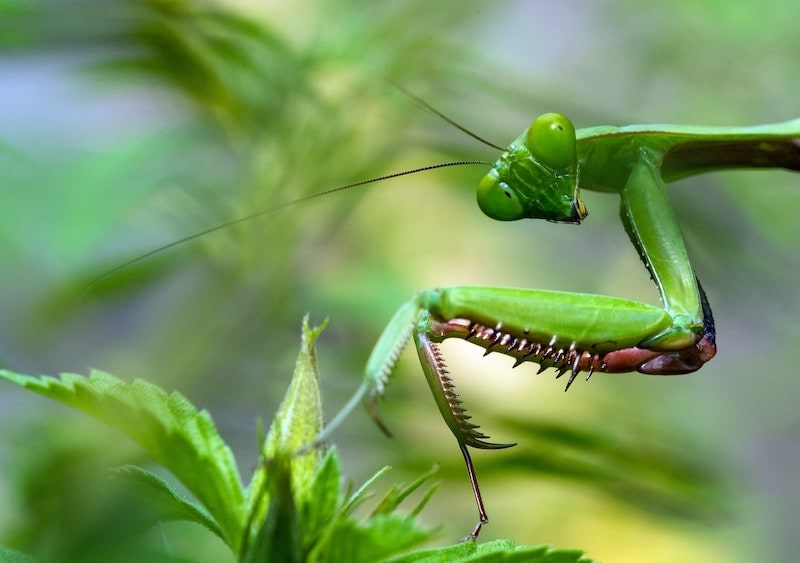Man’s perpetual war against nature has resulted in a lot of pain on this planet.
To connect with nature, I rely on my own yard, and as a longtime gardener, I have learned a few techniques to garden with, not against, nature.
I find that one of the biggest challenges for gardeners is their perception of what living things they consider good and which are bad.
Most spiders in your garden eat insects they trap in webs, although garden spiders and roving wolf spiders literally catch them. They can consume problematic oriental cockroaches and/or the prolific house or hobo spiders that bite more Utahns every year than any other spider. I like to know where my spiders are and reassure myself that they are helping out.
Snakes too are valuable garden buddies. A garter snake or two in your yard will consume the rodents that want to eat the fruits of your labors, along with grubs, slugs, caterpillars and other soft-bodied and aquatic insects. Snakes are nature’s best form of vermin control, and by eating rodents, they also reduce the likelihood of disease transmission from rodents to humans. Snakes enter rodent nests and consume the young before they can produce the next generation of mice or rats.

Ladybugs are not bugs, but rather beetles that fly into your garden to lay eggs that hatch into little, voracious, larval aphid-eating machines. Be nice to ladybugs!
Most gardens have egg masses left by praying mantises from the previous year. Instead of discarding these ‘brown Styrofoam-like’ eggs with other garden debris in the fall, learn to recognize and pin them flat-bottom-down somewhere in the yard. The young mantises will hatch out and start feeding on every insect they can catch.
Most gardeners malign European starlings, yet I have utilized them for many years to help consume many of our garden pests in their effort to feed their young. The same pair has nested in the corner of our house for many years and typically produces two clutches of hungry chicks each year. That is a lot of bugs, and because starlings are predatory birds, they do not feed upon your veggies and flowers like English sparrows do.
Large nightcrawler worms reside in everyone’s yard by the thousands. Fortunately, they do not eat live plants. Unfortunately, they do ‘plug’ their holes with anything that has a pointy end every night after they feed. In that effort they might pull up your small, valuable germinating seedlings. I often catch them at night and transplant them somewhere else where there is plenty of dead leaf food, and where I can harvest them later as fishing bait.
Many gardeners have heard about the insect repelling qualities of marigold flowers. However, it turns out that it is only the smaller French marigolds, not the larger California marigolds that have an insect-repelling odor. And do we really want to repel all insects anyway? We don’t want to offend those valuable praying mantis or ladybug beetles that can be a huge help in controlling problematic insects like grasshoppers and aphids.
Everything in nature has a purpose. Live and let live!



